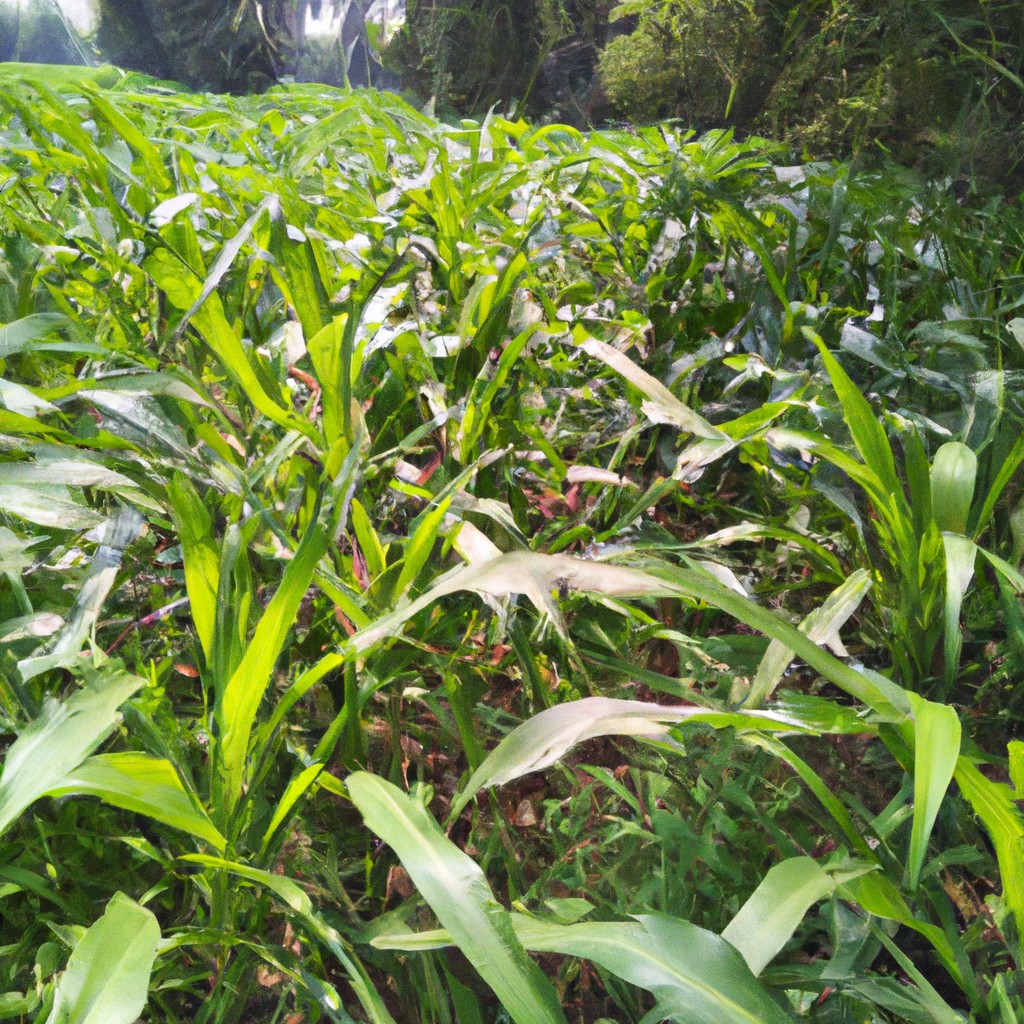Discover the core elements of agriculture in India, including key crops, farming practices, and challenges faced by Indian farmers.
Look Inside:
Market Size

India’s agricultural sector is colossal. Imagine a market so vast that it employs close to half the country’s workforce. Yes, roughly 42% of India’s labor force is toiling away in fields, orchards, and tea gardens. And guess what? They’re contributing around 16% to the national GDP. That’s like some serious economic heavy-lifting!
To give you a sense of scale, India is the world’s largest producer of milk, pulses, and spices. Oh, and let’s not forget the bragworthy fact: it’s the second-largest fruit and vegetable grower globally. Just picture mountains of mangoes and oceans of okra!
Now, talking rupees, agriculture in India is a multi-billion dollar industry. The sheer diversity of crops grown—ranging from staple cereals like rice and wheat to cash crops like cotton and sugarcane—makes it a dynamic sector with immense potential. And boy, who needs a grocery store aisle when you’ve got entire states specializing in different crops? Punjab’s wheat, Maharashtra’s cotton, and Kerala’s spices keep the catalog varied and exciting.
In essence, the sheer magnitude and diversity of India’s agricultural market make it a cornerstone of the country’s economy.
Government Initiatives
India’s government, not one to rest on its laurels, has rolled up its sleeves to give agriculture a significant boost. Here are some key initiatives:
The Pradhan Mantri Fasal Bima Yojana – Crop insurance that’s got your back. Farmers get compensated for crop losses due to weather-related events. Bad monsoon? No worries.
Soil Health Card Scheme – Think of it as a nutritionist for dirt. Soil gets tested and farmers receive a card with recommendations on fertilizers and crop choices.
E-NAM – Welcome to the digital age, folks. The National Agriculture Market is an online trading platform for farmers to sell their produce at better rates without the middlemen gobbling up the profits.
Pradhan Mantri Krishi Sinchayee Yojana – Sounds fancy, but simply put, it’s all about efficient irrigation. More crop per drop!
Farmer Producer Organizations – Strength in numbers, right? Small farmers join forces to get better access to finance, technology, and markets.
These initiatives aim to make agriculture not just sustainable, but also a rewarding endeavor for the millions relying on it. Time to make those fields yield more than just crops!
Agtech Is Already Boosting Indian Agriculture
Using drones for precision farming may sound like something out of a sci-fi movie, but it’s happening right now on Indian farms. These sky-high helpers can map, monitor, and manage fields with precision that makes human eyes look like they’re squinting. Imagine replacing guesswork with data-driven decisions.
Another superhero in the Agtech lineup is soil sensors. Farmers no longer have to play the “Guess the nutrient” game. These sensors provide real-time data on soil moisture and nutrient levels, ensuring crops get just what they need when they need it. Think of them as fitness trackers for soil.
And let’s not forget the magic of mobile apps. They deliver updates on weather forecasts, pest outbreaks, and market prices directly to farmers’ pockets. With a swipe and a tap, farmers can prep for a week of sunny skies or brace for an upcoming storm. It’s like having a personal assistant who’s really into farming.
Even Artificial Intelligence is pulling its weight, optimizing irrigation, predicting crop yields, and even identifying diseases before they wreak havoc. It’s like having a crystal ball, but one powered by algorithms instead of fairy tales.
Economic Contribution
India’s agricultural sector is like the unsung hero of Bollywood, often overlooked but indispensable. Here’s why:
It contributes around 18% to the country’s Gross Domestic Product (GDP). That’s like finding a gold coin in your cereal.
Around 60% of India’s population depends on agriculture for their livelihood. Imagine that—over half of the country getting their bread and butter, quite literally, from farming!
India is the second-largest producer of rice and wheat in the world. Cue the carb lovers’ cheer!
Horticulture is another feather in the cap, with India being the top producer of fruits like bananas and mangoes. Yum!
Then there’s the dairy sector. Talk about cows and buffaloes being the real VIPs—India is the largest producer of milk globally. Pass the paneer, please.
Don’t forget, agricultural exports clock in significant foreign exchange earnings. Spices, tea, coffee—you name it, India sends it worldwide. And yes, that includes turmeric lattes.
It’s safe to say, agriculture keeps the economic wheels turning in India, and it’s more critical than a plot twist in a Bollywood movie!
International Trade
India’s agricultural exports not only fill the coffers but also showcase the nation’s rich heritage. Picture this: aromatic basmati rice making foodies swoon globally or spices that can jazz up the blandest of dishes.
- Exports cover a broad spectrum:
- Rice: Makes up nearly a third of global rice trade.
- Spices: India? A veritable spice capsule bursting with flavor.
- Tea and Coffee: It’s not just about drinking; it’s about an experience.
But wait, it’s not a one-way street! India imports too. Think edible oils and pulses. Because variety, dear reader, is the spice of life.
Trade policies and agreements help smooth things over, like that friend who always mediates in group arguments. Whether it’s a Free Trade Agreement or tariff reductions, these handshakes among nations are vital.
Trading across borders isn’t just about goods; it’s about relationships, history, and culture woven into every grain and bean. Besides, who doesn’t love food with a backstory?




